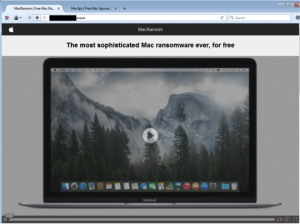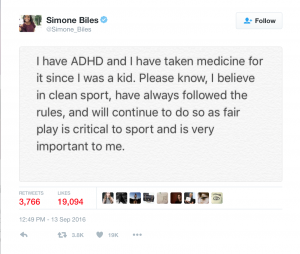By VICTOR GUZMAN BERGER
The technological advances of the last decade have strengthened the scope and enriched the resources for the visualization, oral and written presentation, diffusion and the impact of the news in the mass media.
In parallel, today anyone enjoys these resources and can instantly disseminate the news, share information and offer an opinion.
Anyone can be in the center of the news and capture that piece of news. The common person’s empowerment in the news media contributes to the traditional mass media, the journalist can use the images of the person who was there at the precise moment of the event for his report, something that he could not have been able to count on if he had not arrived at the time of the event.
Yesterday’s passive receiver of news can be now a distributor of news, active in some aspects of a reporter’s job due to a mobile phone or tablet at the moment of the incident.
A passerby can record instantly the event and place it on social networks with the use of just one mobile phone. However, journalism and, specifically, reporting is much more than that. Even though this passerby is the first to have the scoop and to spread the news, a journalist’s work goes far beyond exposing an image reflecting what happened.
A reporter has to inquire and question the largest number of reliable sources available on the subject. He or she must write the news in a coherent, explicit way and leave aside the emotion of the moment. He or she must be capable of addressing and reaching a wide audience. The impact of immediate recording of a crime is undeniable, but the reporter will go much further, questioning the victim, the aggressor, the authorities involved in the case, the witnesses, in order to be able to provide a coherent and trustworthy news media report.


